December 26, 2024 | 22:32 GMT +7
December 26, 2024 | 22:32 GMT +7
Hotline: 0913.378.918
December 26, 2024 | 22:32 GMT +7
Hotline: 0913.378.918
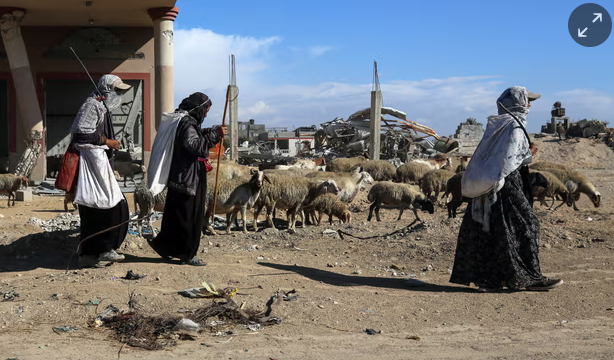
Shepherds herd a flock of sheep near a building destroyed during an Israeli bombardment in Khan Younis, Gaza Strip, on 19 November 2024.
More than 90% of cattle have died and about 70% of land for crops in Gaza has been destroyed or damaged since the beginning of the war in the territory, an analysis of satellite imagery by the UN has found.
More than half of sheep and goat herds have been wiped out, while more than three-quarters of the territory’s famous orchards have been destroyed or damaged, the survey in September found.
Local food production in Gaza had been “decimated”, Rein Paulsen, the director of the Office of Emergencies and Resilience at the UN’s Food and Agriculture Organization, said last week.
“Satellite images … indicate that heavy vehicle tracks, razing, shelling and other conflict-related pressures have damaged large areas of farmland, infrastructure, wells and other productive infrastructure,” Paulsen told the UN security council, adding that the destruction substantially increased the risk of famine there.
Before the outbreak of war last year, farms covered about 40% of Gaza and produced enough vegetables, eggs, fresh milk, poultry and fish to meet around a third of local demand. Many families had their own olive or fruit trees.
Faraj Jarudat, who was forced to flee his farm in the northern part of Gaza early in the conflict, said his three cows and 60 sheep had died, either killed by Israeli shelling, or for lack of fodder.
Jarudat, who has been displaced multiple times like most people in Gaza, said: “Some died of starvation, some were eaten by people who were hungry, some just disappeared. There is not a single one left.”
Jarudat said he had learned from friends and former neighbours who had visited the site that Israeli forces had cleared his farm of trees and buildings. The area around Beit Lahiya where he lived has been the site of fierce fighting in recent weeks.
“The farm and all of our homes – my home and homes of my children – were bulldozed,” he said.
Israel has repeatedly denied accusations of trying to make parts of Gaza uninhabitable in order to force the permanent displacement of people but satellite imagery reveal swathes of land razed of buildings, trees and even roads, as well as serious damage to agricultural infrastructure such as wells, irrigation systems, ponds and greenhouses.
Ismael al-Rahal, 49, another farmer from northern Gaza, said that only a handful of his 65 sheep remained alive. “At the beginning of the war, even though it was very difficult to transport our children and our most valued possessions, I put some sheep in a hired car, and every time I had to flee again, I moved them with me,” he said.
Now four sheep are tethered next to Rahal’s tent in Deir al Balah, in the centre of Gaza, providing small amounts of milk and dung that can be used as fertiliser. “Food prices are very high and we can’t even buy enough for the family. A flour bag is selling for 100 dollars, 10 times the regular price. We cut back on what we eat to save money to feed the sheep,” said Rahal.
Aid officials in Gaza describe the situation in much of the territory, where more than two-thirds of buildings have been destroyed or damaged in 13 months of war, as “apocalyptic”. Experts have warned of imminent famine.
Israel imposed a total blockade of Gaza in the first weeks of the war, before gradually easing restrictions under international pressure. However, despite the US having issued a 30-day ultimatum last month, threatening sanctions if there was no increase in humanitarian supplies reaching Gaza, aid dropped to its lowest level in October.
Paulsen said that in some places Gaza’s farmers, fishers and livestock owners were risking their lives to continue production. “The significant levels of damage … are exacerbating the humanitarian and hunger crisis on the ground and increasing the risk of famine. Food supply across [Gaza] has sharply deteriorated while food availability is at an all-time low,” he told the UN.
Israeli authorities have denied any risk of famine, saying that previous such projections had proved incorrect and relied on partial, biased data. “There is a glaring gap between the reality on the ground and the distorted declarations that some NGOs have been stating about Israel,” Danny Danon, the Israeli ambassador to the UN, told the Jerusalem Post.
The conflict in Gaza was triggered by a surprise Hamas attack into southern Israel on 7 October 2023, in which about 1,200 people were killed, mostly civilians, and 250 abducted. Since then, almost 44,000 have been killed by the Israeli offensive in Gaza, nearly 70% of which were women and children.
Rahal said: “My farm was like a zoo. We had donkeys, horses, cows and sheep. We had chickens and ducks. We had everything we needed. When I left my farm, I told 60 pairs of pigeons it was time for them to go and opened their cage.
“Now there is nothing left. We have no home, no animals. Everything we built was destroyed in this war.”
(The Guardian)

(VAN) Beijing imposed the ban last August after Tokyo began releasing treated radioactive water from the wrecked Fukushima nuclear plant despite Chinese opposition.
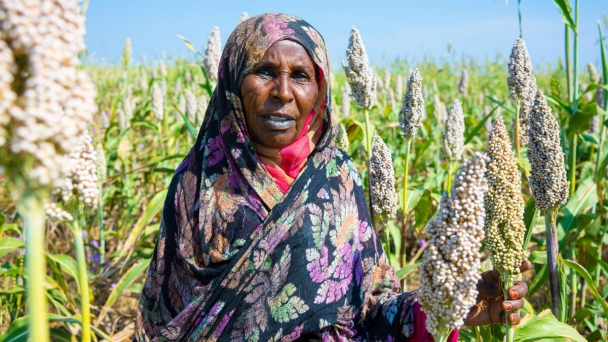
(VAN) FAO, WFP and UNICEF urge immediate humanitarian access and action to avert what could become the worst hunger crisis in recent history.
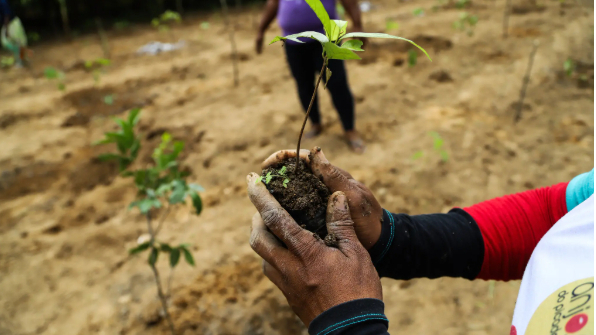
(VAN) We tend to look at environmental problems in isolation. A holistic approach would be more effective, a new report says.
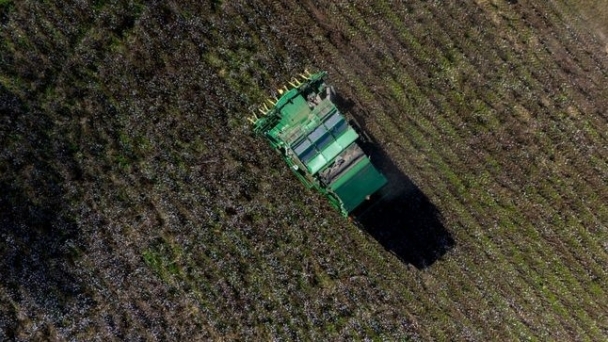
(VAN) Twisted equipment and snapped tree limbs still litter Chris Hopkins’ Georgia farm more than two months after Hurricane Helene made its deadly march across the South.
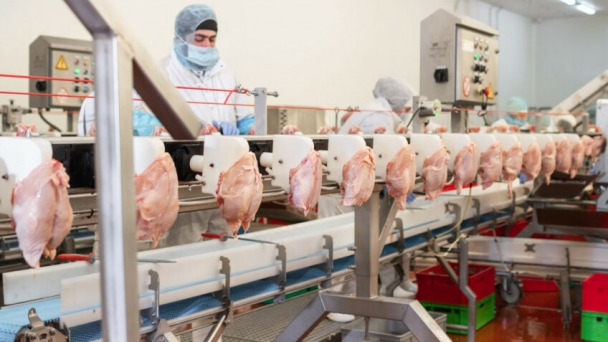
(VAN) The US poultry processing industry has long relied on illegal workers, but huge adjustments are going to have to be made after President-elect Donald Trump takes power on 20 January 2025.
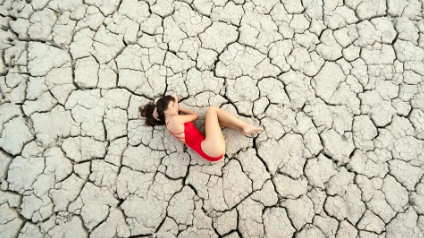
(VAN) Drought is projected to affect 75% of the world's population by 2050. Take that in.

(VAN) Voice of Animals, a Russian NGO, has prepared amendments to the draft veterinary regulation in the poultry industry, which is scheduled to come into force on 1 August 2025.